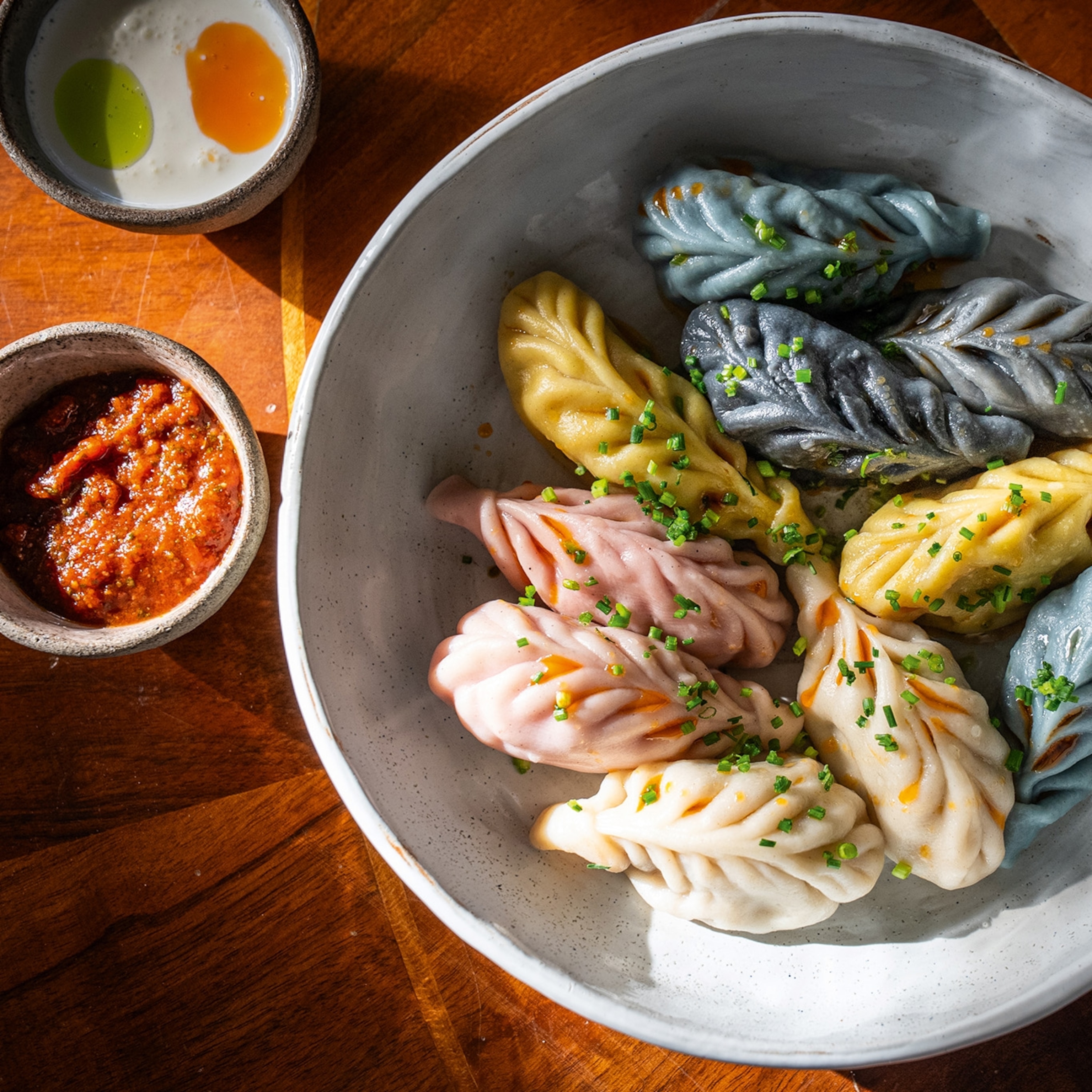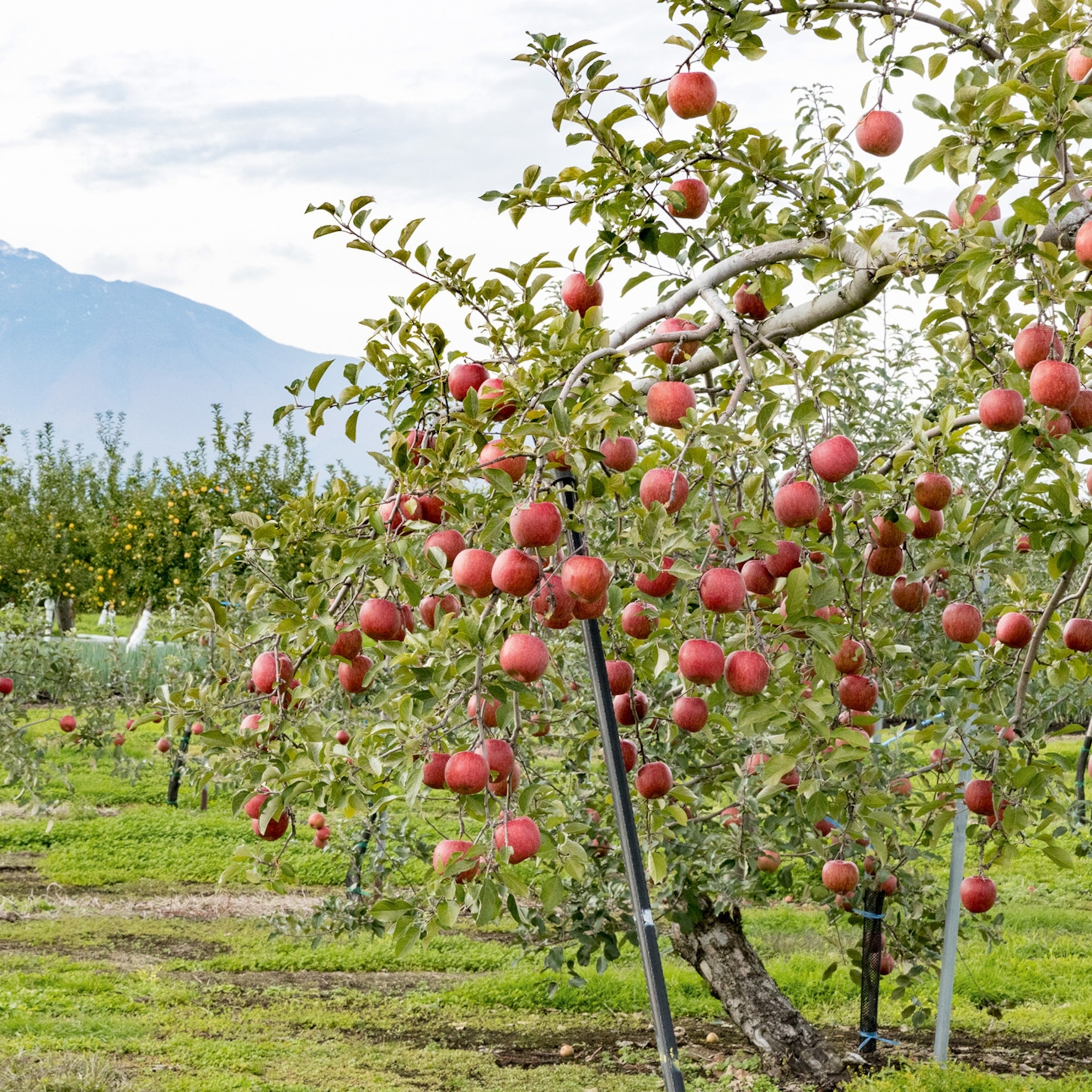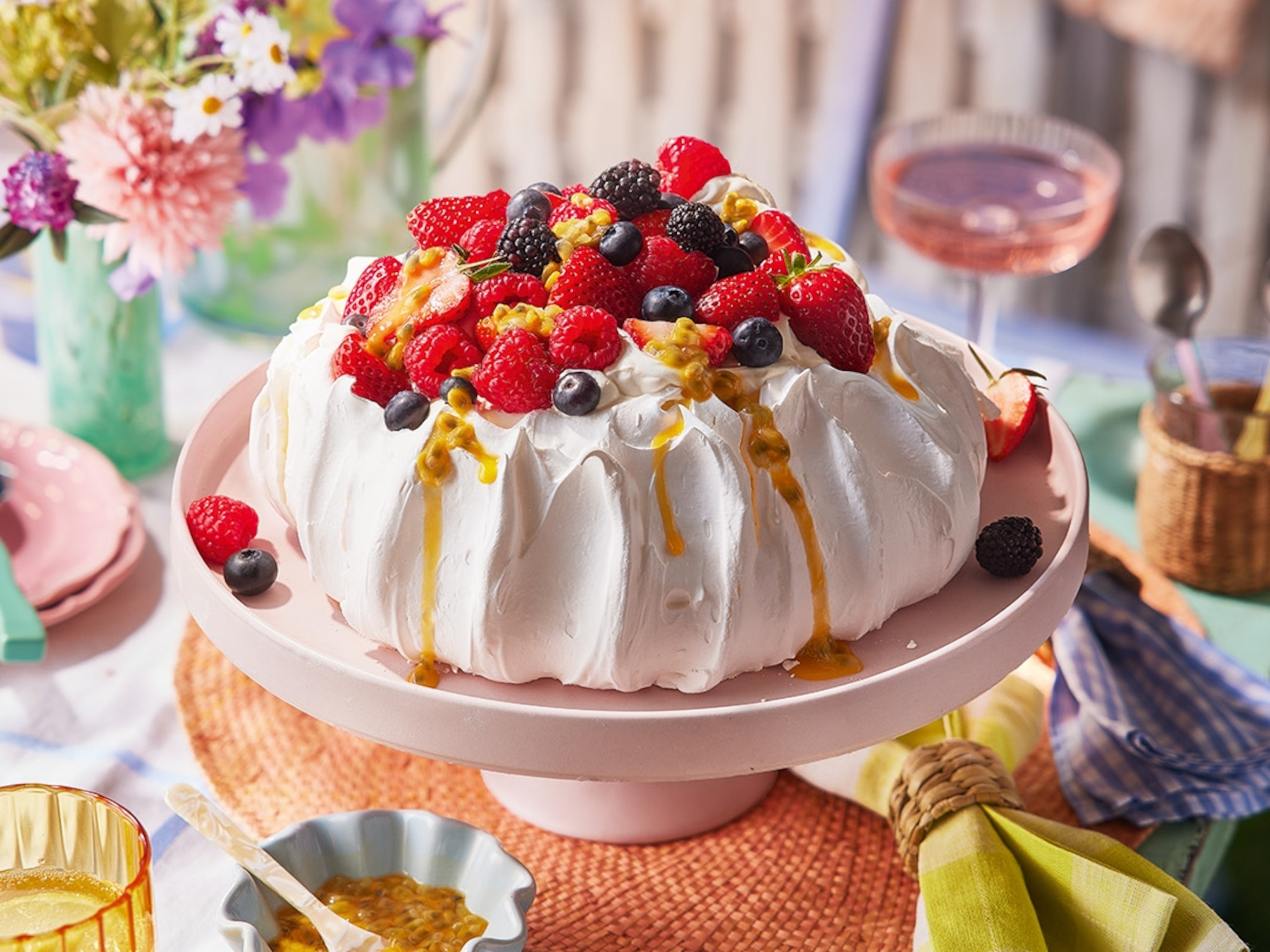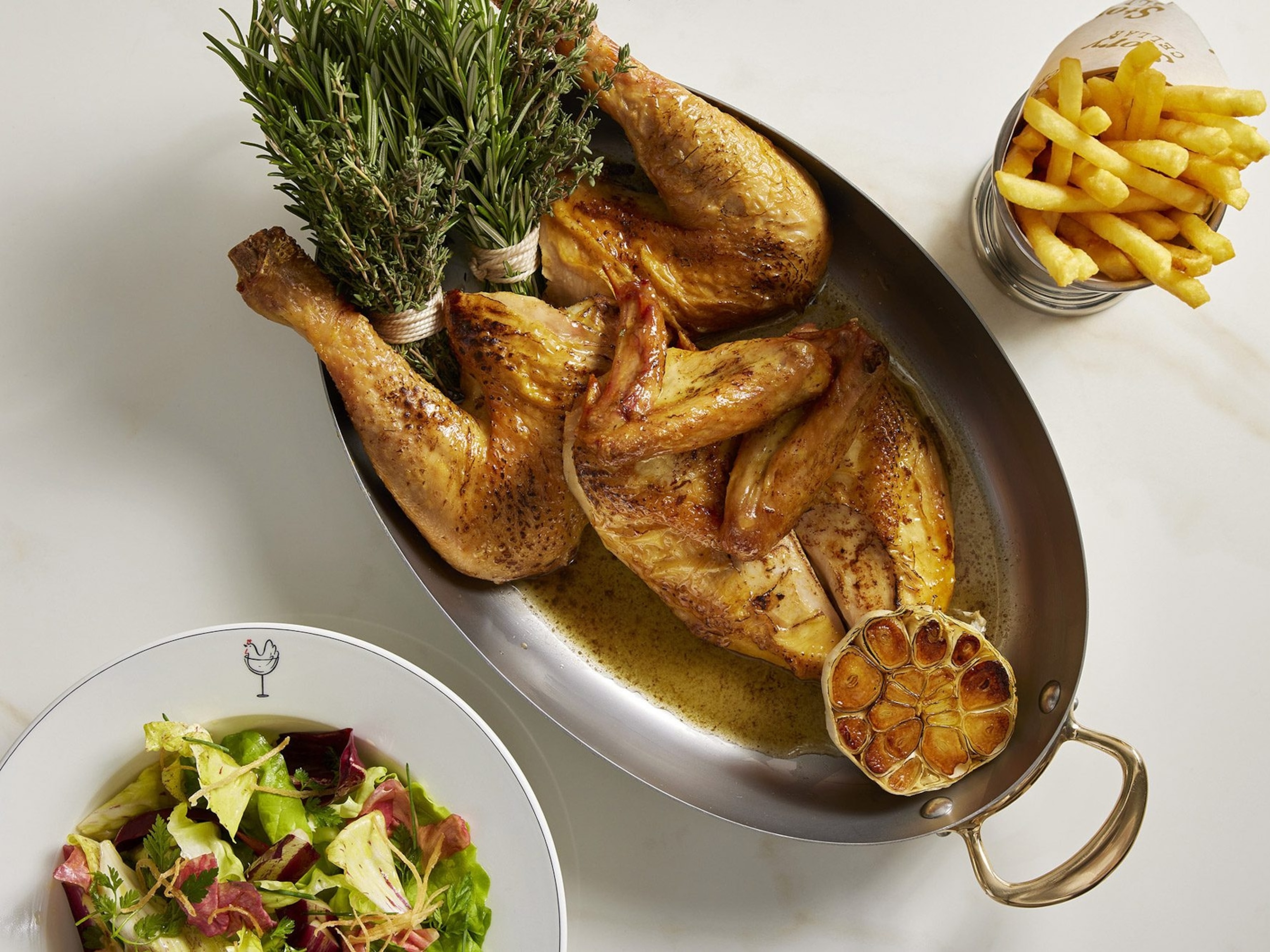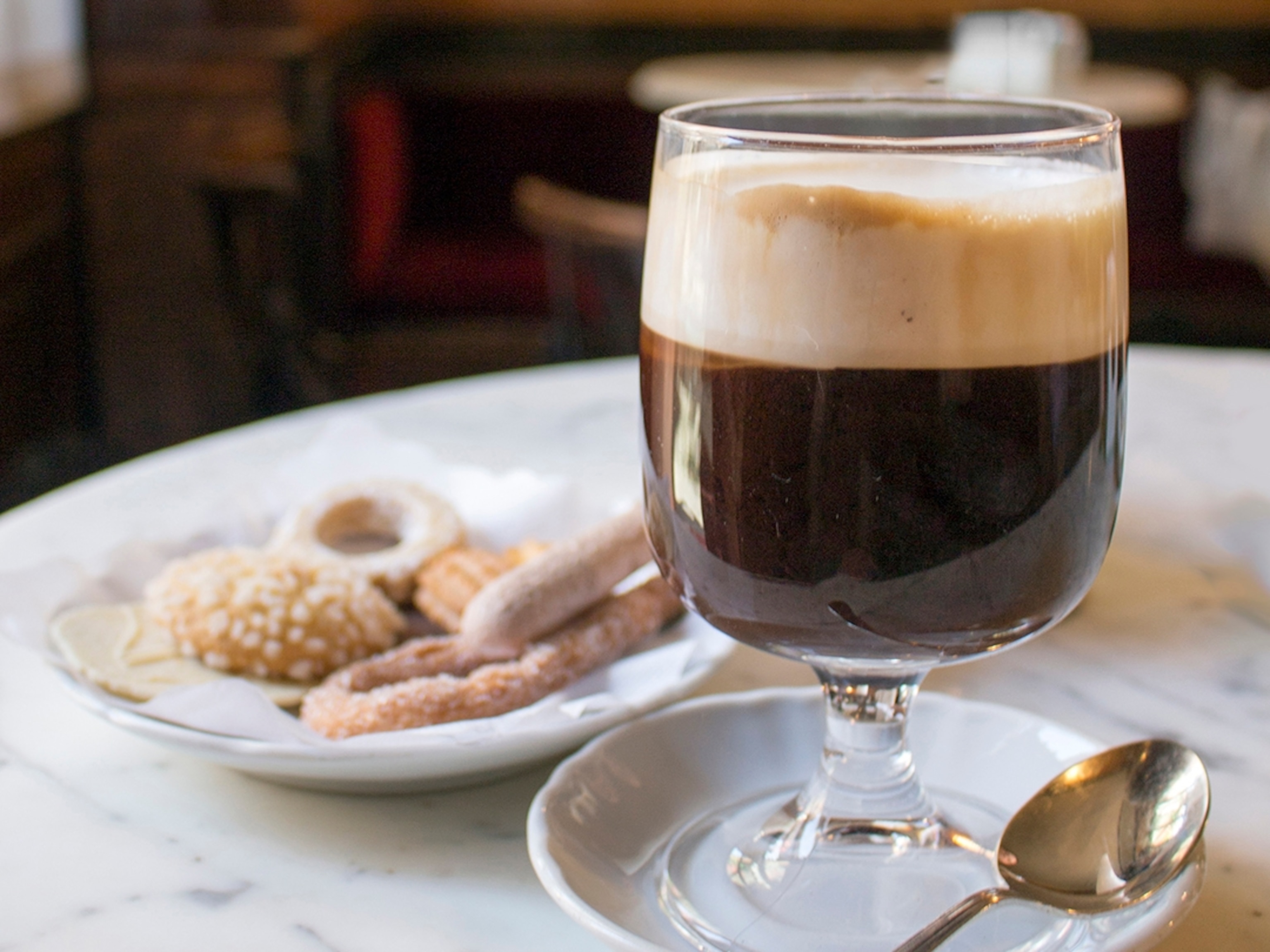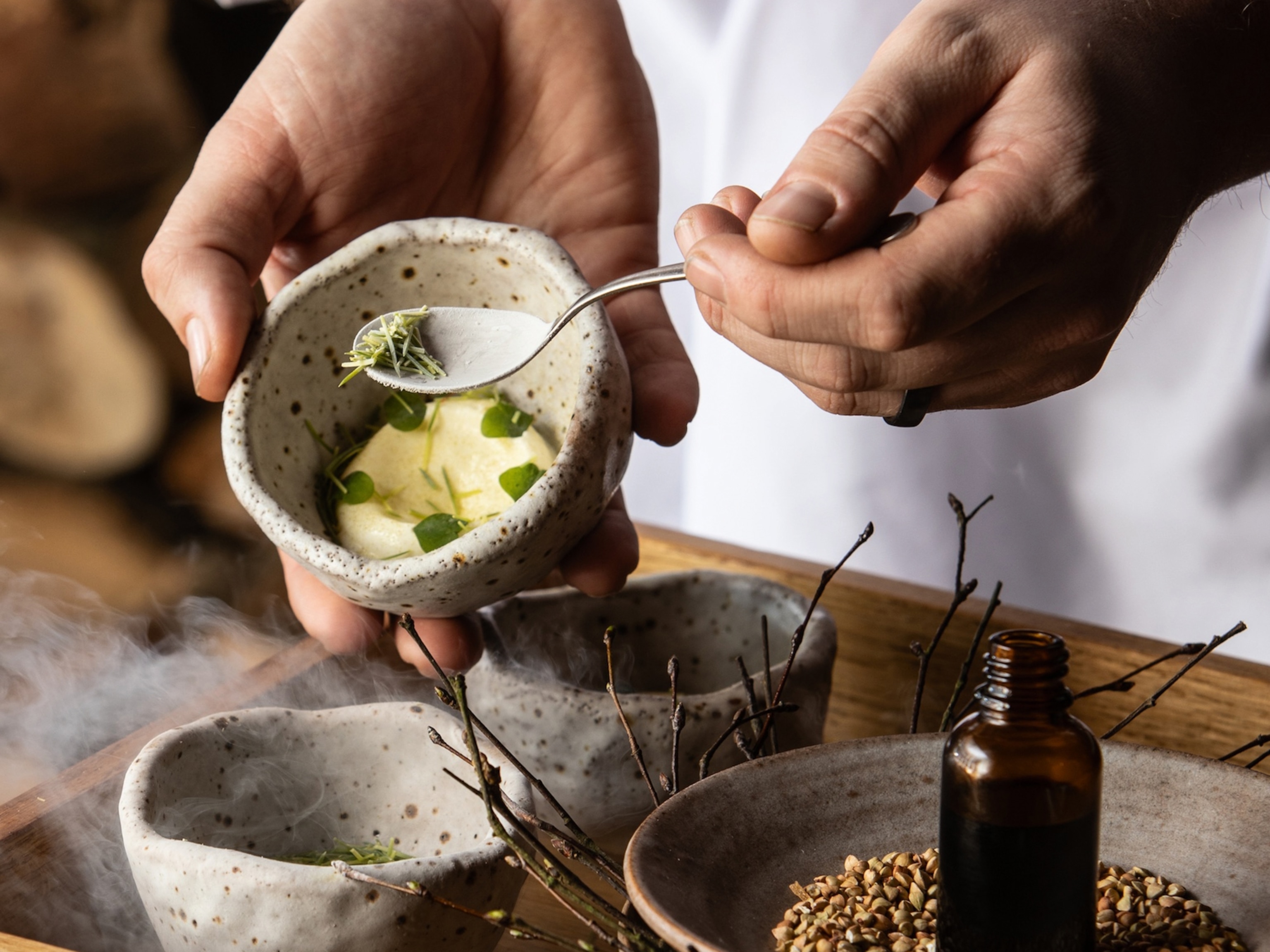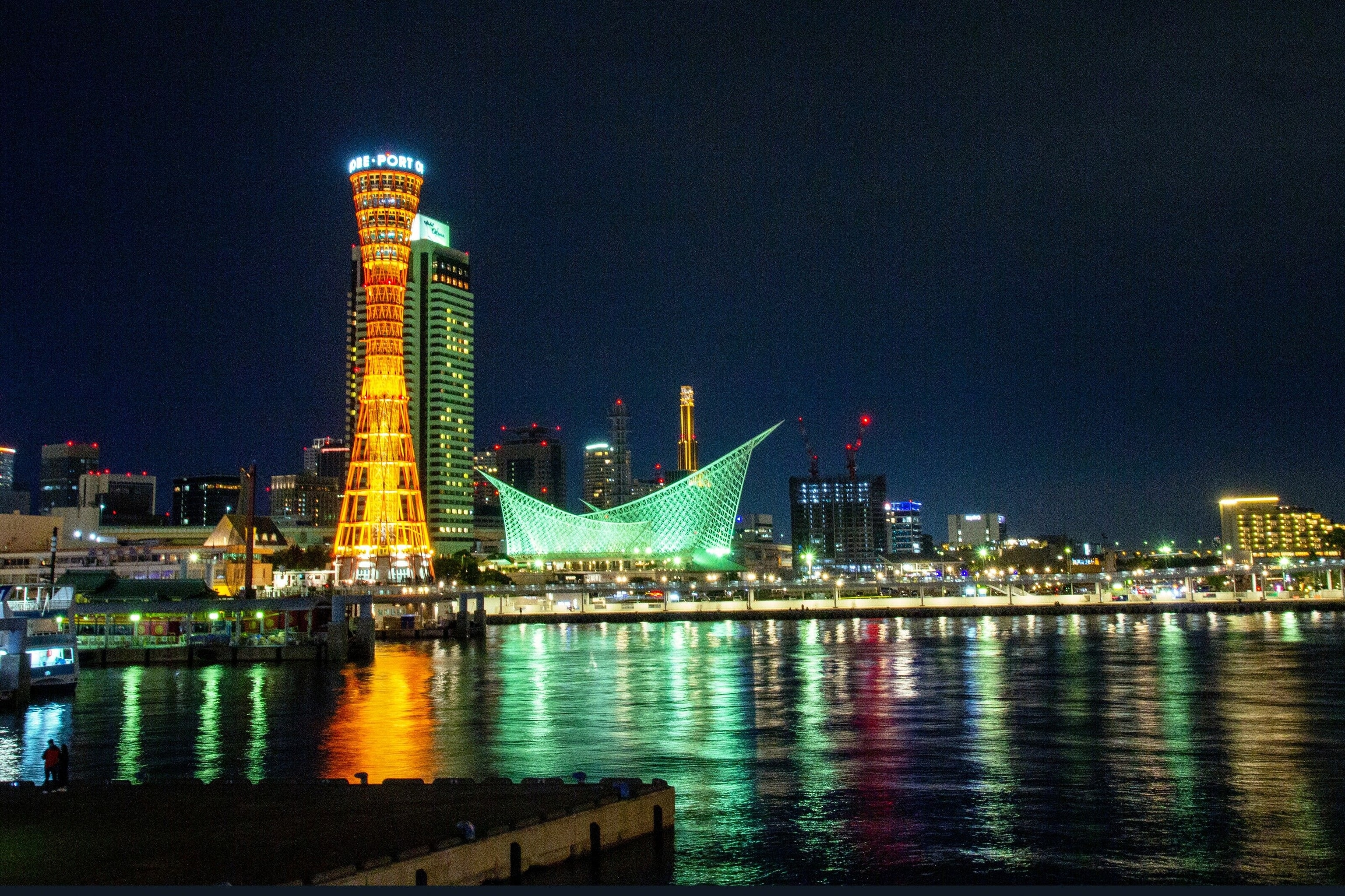
A taste of Setouchi: four foods rich in Japanese heritage
From buttery slices of Kobe beef to soulful bowls of somen noodles, Setouchi is a culinary hotspot where dishes are served with a side of history.
Encompassing seven coastal prefectures and hundreds of dinky islands within the Seto Inland Sea, the region of Setouchi is a mellow antidote to the bright lights and switched-on living of Tokyo. This lesser-known sprawl of the country strums to a seductively slow pace of life: there are quaint villages and castles hanging in a cloud of mist, limestone caves and historic bathhouses. Fuelling all of this is a culinary scene that’s woven into the history and heritage of the region. Here are four dishes, ingredients and destinations to look out for on a tour of the cities of Kobe and Takamatsu, and the towns of Shodoshima and Tonsho.
1. Kobe beef in Kobe
Many liken the texture of Kobe beef to butter, and that’s a valid comparison for a meat famous for its rich taste and intense fat marbling. It’s a steak that’s as tender as it is sought after: taken from the Tajima breed of Wagyu cattle, raised in Hyogo Prefecture and carefully engineered to produce an unrivalled tenderness, it’s prized within the industry and becoming increasingly popular all over the world. At the Kisshokichi Sannomiya Kobe beef store, in the city of Kobe, an expert will talk you through the history and some cooking tips of the lardo-like beef, all while cooking a few slices over smoky grills.
Feeling thirsty? Sake has been central to Japanese life for more than 2,000 years, and in Kobe, you can sip on some of the country’s finest at the renowned Nada district. Among the many sake-producing establishments here, don't miss the Kiku-Masamune Sake Brewery Museum, founded in 1,659. It’s known for its shokunin (artisans) who hand-build cedar barrels to store dry Taru sake, characterised by a powerful yet fresh wooden aroma — a tradition that's disappearing all around Japan. Pop into the free museum next door to see sake brewing equipment classed as Important Tangible Folk Cultural Properties (items that help understand the role of tradition in the daily life of the Japanese); stop by the tasting corner to try the signature flavour; or linger at the Kiku-Masamune Taru Sake Meister Factory to see the craftsmen in action.
While in the area: Ease yourself into the healing waters of the sprawling Arima Onsen, one of Japan’s oldest hot springs, dating back nearly 1,400 years. Bed down at Hyoe KOYOKAKU, a ryokan (traditional Japanese inn) with over 700 years of history that offers specialty kinsen baths, and book a kaiseki (multi-course) dinner set, grilling Kobe beef teppanyaki at your table. Other Kobe highlights include enjoying the view from Mount Rokko; heading to the waterfront area and exploring the Nankinmachi neighbourhood, known as the city's Chinatown; or tasting the city's B-class cuisine (a range of cheaper comfort foods).
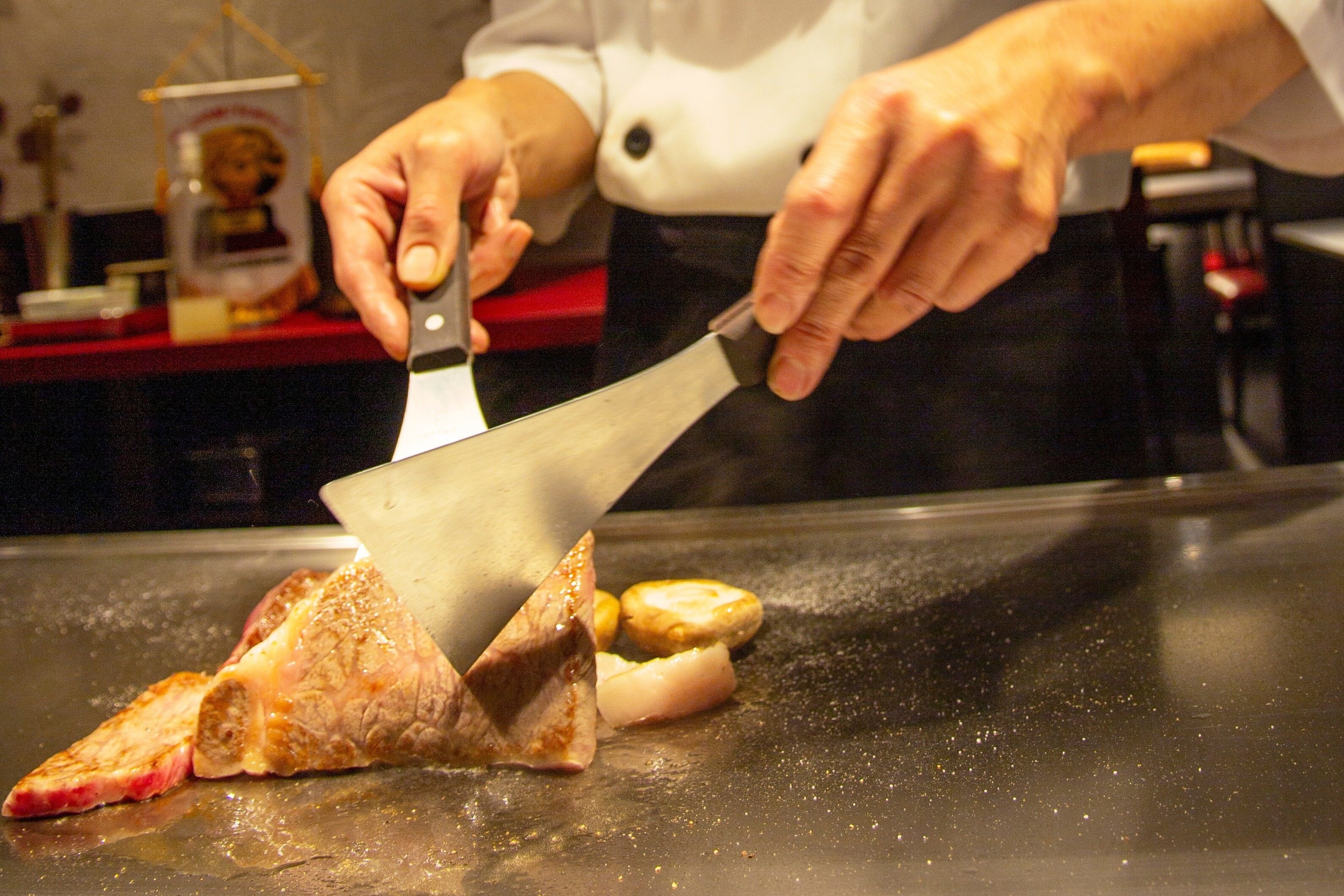
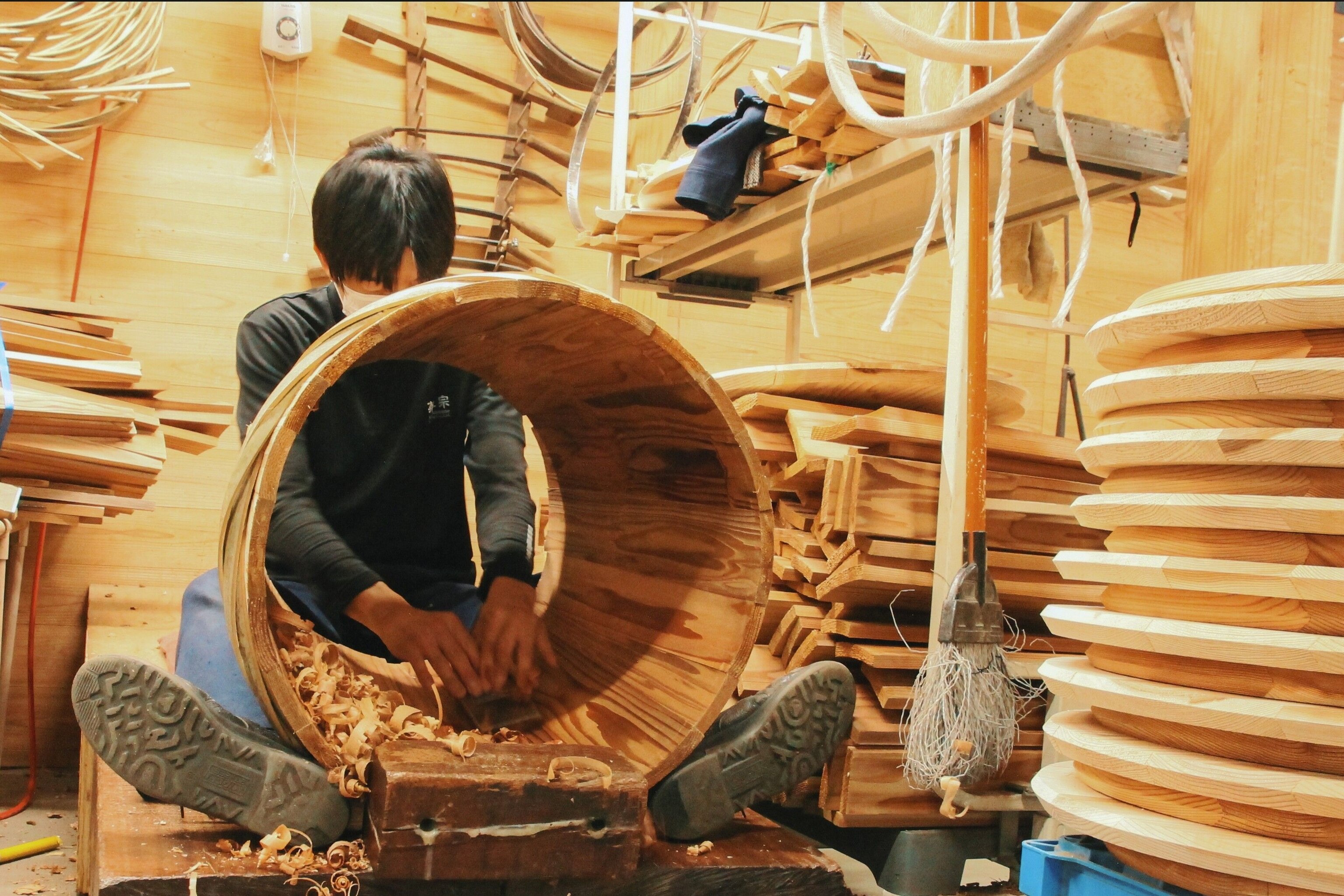
2. Rice treats near Shodoshima
Pitched on the centre of Shodoshima, the second largest island in the Seto Inland Sea, the Nakayama Terraced Rice Fields sprawl out in wavy patterns down verdant hills. Time your trip to these 800 or so paddies for the mushi okuri summer event, when praying locals stride through hundreds of terraces holding torches to drive off insects, or the end of rice planting time, around late May to June. Komame Restaurant is one of many mountain establishments here to serve meals prepared with local rice, cooked with spring water streaming from the upper reaches of the terraced fields.
For a different experience, come in early May and October to catch the performances at the kabuki stages in Hitoyama and Nakayama, respectively. Although kabuki (a traditional form of Japanese dance and drama entertainment) is generally thought of as the preserve of professionals, these rural theatres have been entirely managed by volunteer groups for over three centuries — from acting to maintaining the stages and working on costumes.
While in the area: Walk in the shade of the wiry trees in Shodoshima Olive Park, a working olive grove that's been turned into an olive-themed park with a free-to-enter museum, to learn about another of Shodoshima’s most famous specialities. The park served as the setting for the Kiki’s Delivery Service animated film, too, and fans of the Studio Ghibli animation studio can spot various props scattered around the grounds. Then, on to some tasting: olive oil, olive sweets, olive noodles and even olive soft serve.
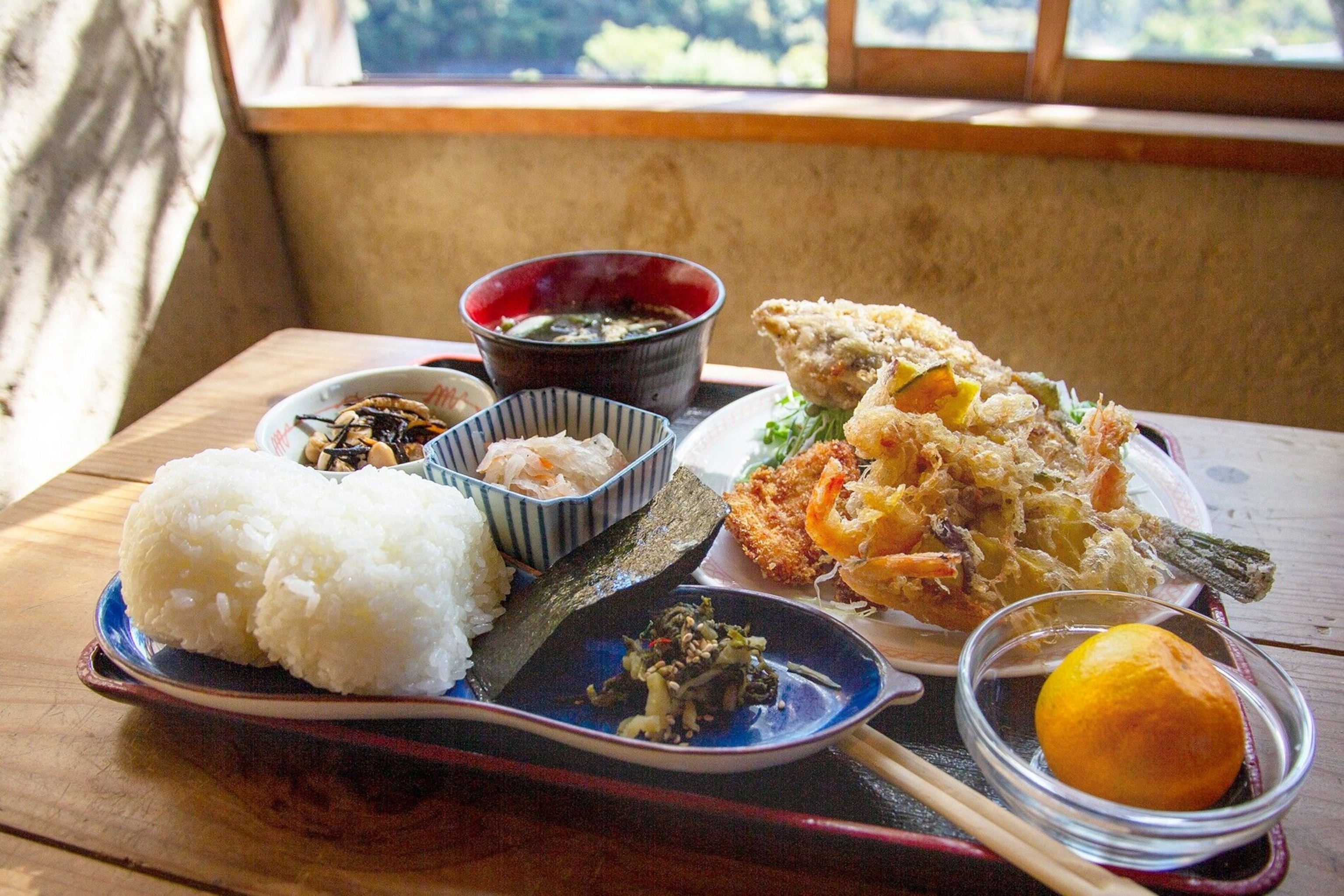
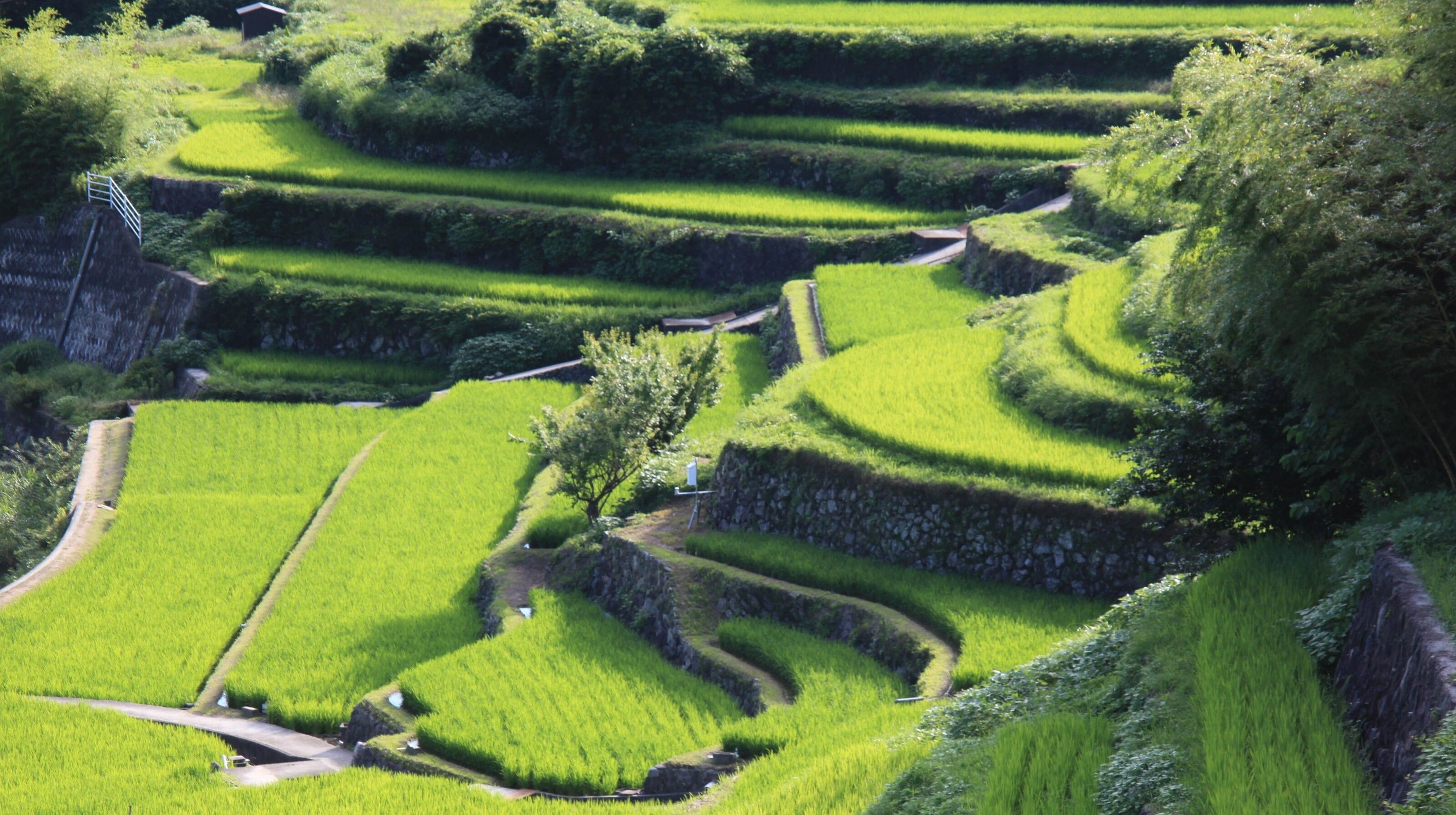
3. Somen noodles in Tonosho
For a dish with real soul, a steaming bowl of noodles is Japanese comfort food at it best. And while there are several types, it is somen, with its slightly firmer texture, that forms the backbone of Shodoshima’s repertoire — a tradition that dates back to the 16th century. Learn more about this staple food at the Gin Shiro factory in the town of Tonosho, where every day a thousand somen strands are hand-stretched and left to dry in the sun using an age-old recipe of wheat flour, salt from the Seto Inland Sea and sesame oil. The entire process, using a traditional 400-year-old, tried-and-tested method, takes two days for a batch. Duck inside the factory for a tour and the chance to hand-pull some noodles before hunkering down and slurping a bowlful — whether you go for the olive somen (using fresh olives harvested on the island), black sesame somen or the nama somen (a fresh alternative to the dried somen noodles that can be found in shops).
While in the area: Arrive early at Angel Road, a 490ft sandbar slip sandbar slip on Tonosho's southern coast that disappears at high tide. Climb up the observatory by the entrance: at the top, there are killer views of the Shodoshima mountains to the north and the Seto Inland Sea to the south. This romantic spot is also popular with couples, and you may spot ema (wooden tablets) wishing for long relationships hanging from the tree branches growing along the rocks.
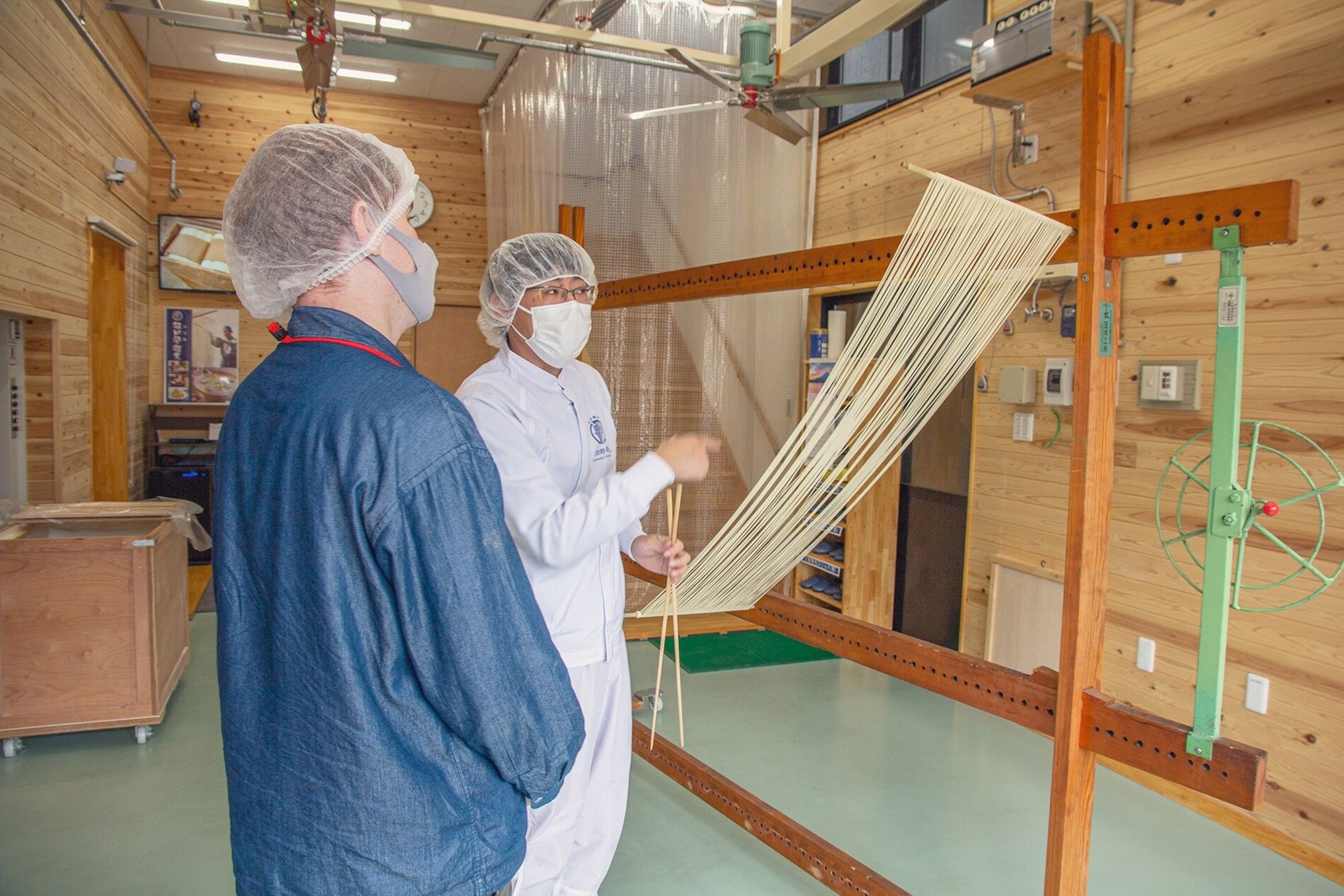
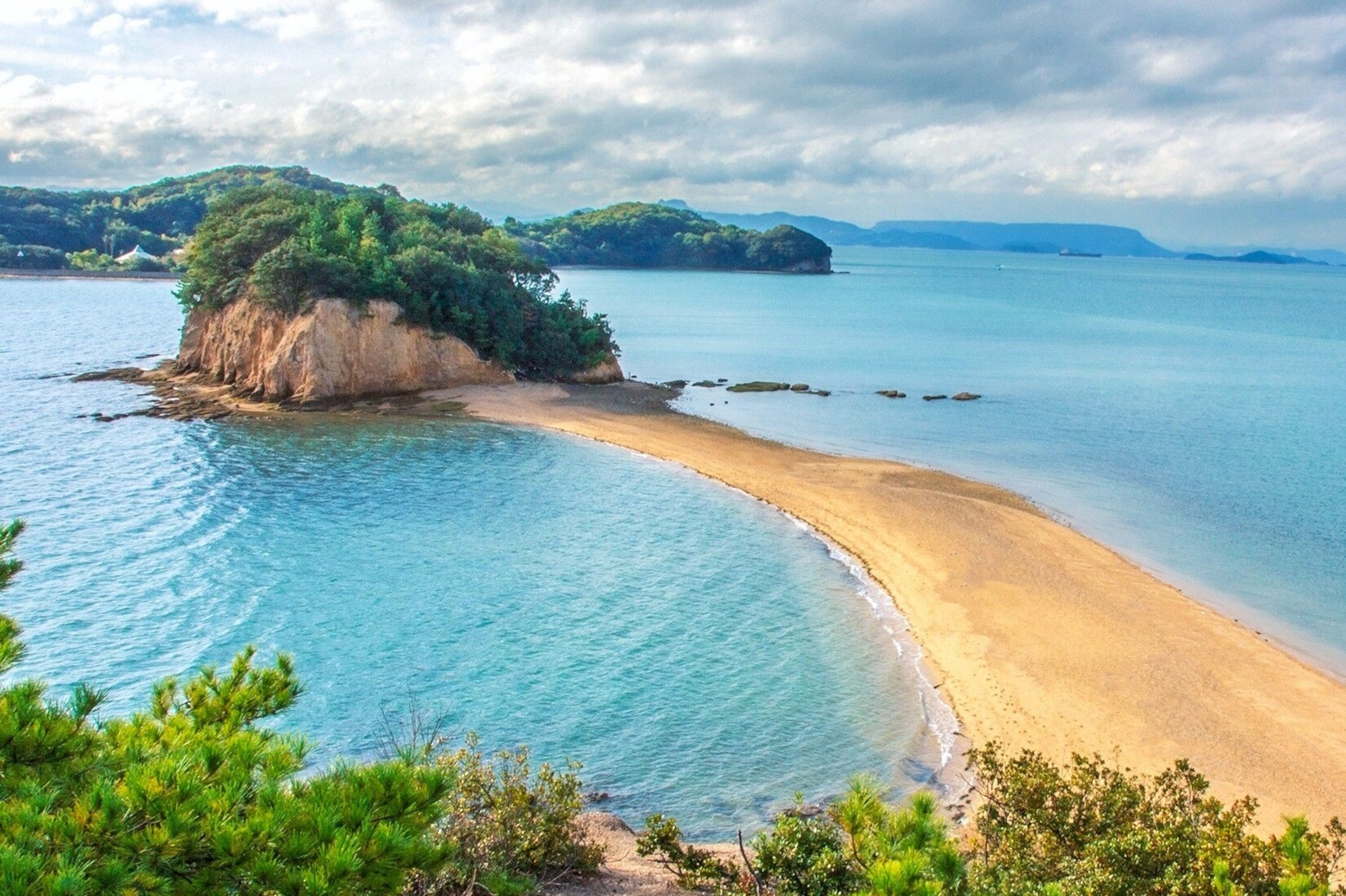
4. Wasanbon in Takamatsu
Wasanbon, high-grade sugar treats, have a mild sweet flavour and delicate look that perfectly balances the bitterness of matcha tea, making them a favourite accompaniment of traditional Japanese tea ceremonies. Learn about the 200-year-old wasanbon-making tradition at Yoshihiro Ichihara’s city-centre studio in the city of Takamatsu, in central Kagawa Prefecture, on Shikoku island. The local artisan is the last person in Western Japan to hand-craft wooden kashikigata moulds, used to give wasanbon various shapes — faces, animals, leaves — a chiselling craft he’s been perfecting over five decades.
After browsing his single-room gallery, where hundreds of kashikigata moulds are lined up on the shelves, head just a few doors down the road to the Mamehana Wasanbon workshop, run by his daughter Ayumi Uehara. Here, have a go at making these sweets — prepared only by using local sugarcane — while learning about the intricacies of Japanese court culture. Wasanbon can be eaten on their own, so make sure to try some, too.
While in the area: It’s worth seeking out the spiced chicken-on-the-bone — a concept that finds its origin in the popularity of foreign films in the 1950s — from renowned restaurant brand Honetsukidori Ikkaku. Alternatively, join one of the region's famous udon-making workshops at Sanuki Mengyo, learning the dough folding techniques that give Sanuki udon (typical of Kagawa Prefecture) its defining shape and texture before tasting your own hand-made delicacy. Another option is to spend a day at Ritsurin Garden, one of Japan’s most beautiful, making sure to take a tour on a Japanese-style wasen boat.
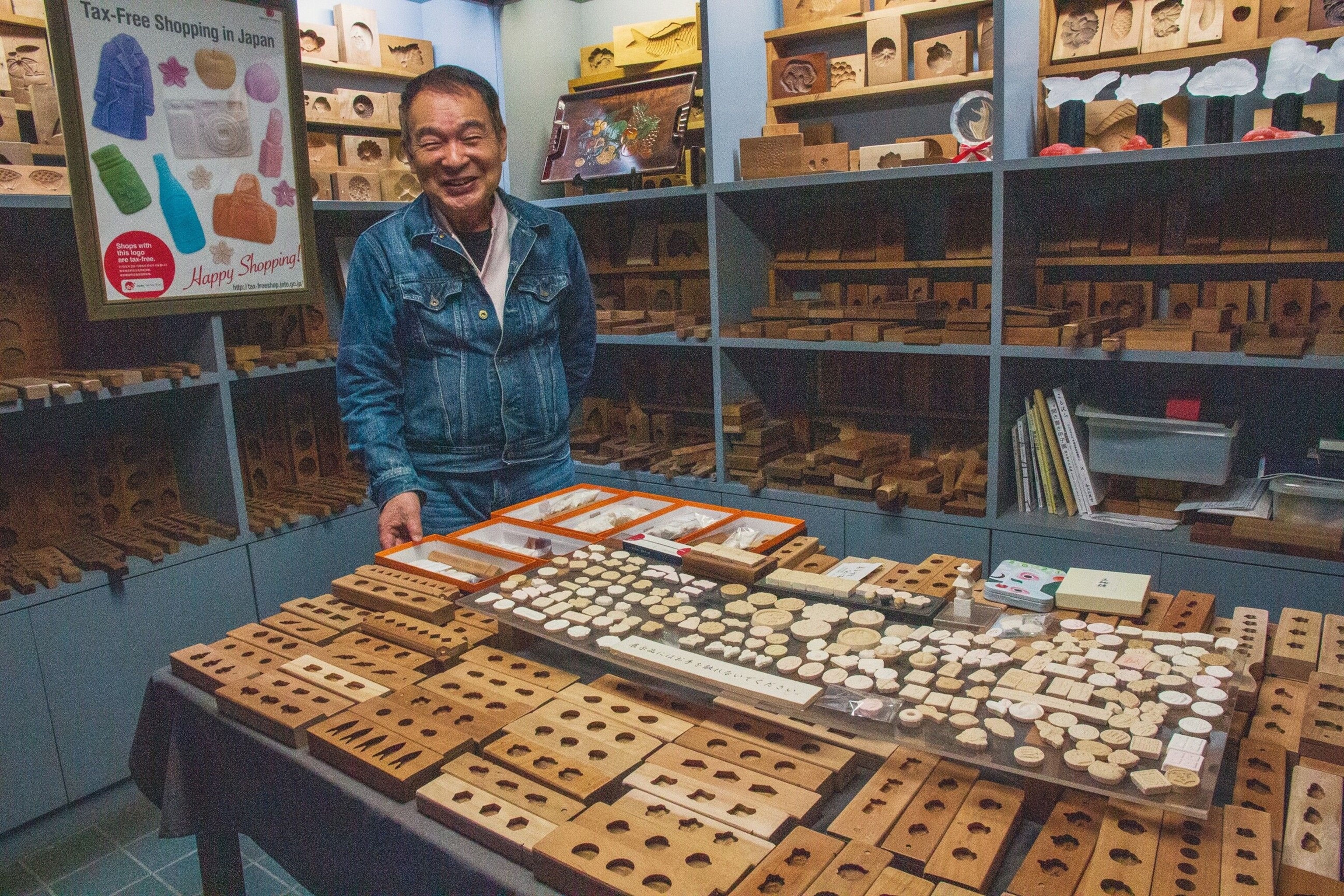

Plan it
Travellers from the UK can fly to Kobe via Haneda Airport. To travel between the destinations, catch the Jumbo ferry (nicknamed Nyanko Ferry for the cat-like decorations on its prow), linking Kobe City to Shodoshima’s Sakate Port in around three hours, and Shodoshima to Takamatsu in around one hour.
The top-deck open-air balconies allow visitors to gaze over the expanse of the Seto Inland Sea while passing under the Akashi Strait Bridge, making for an alluring waterbound experience.
One-way tickets are around ¥2,000 (£13). ferry.co.jp
For more information about the destination, visit takamatsu-shodoshima-kobe.com
Follow National Geographic Traveller (UK) on social media
